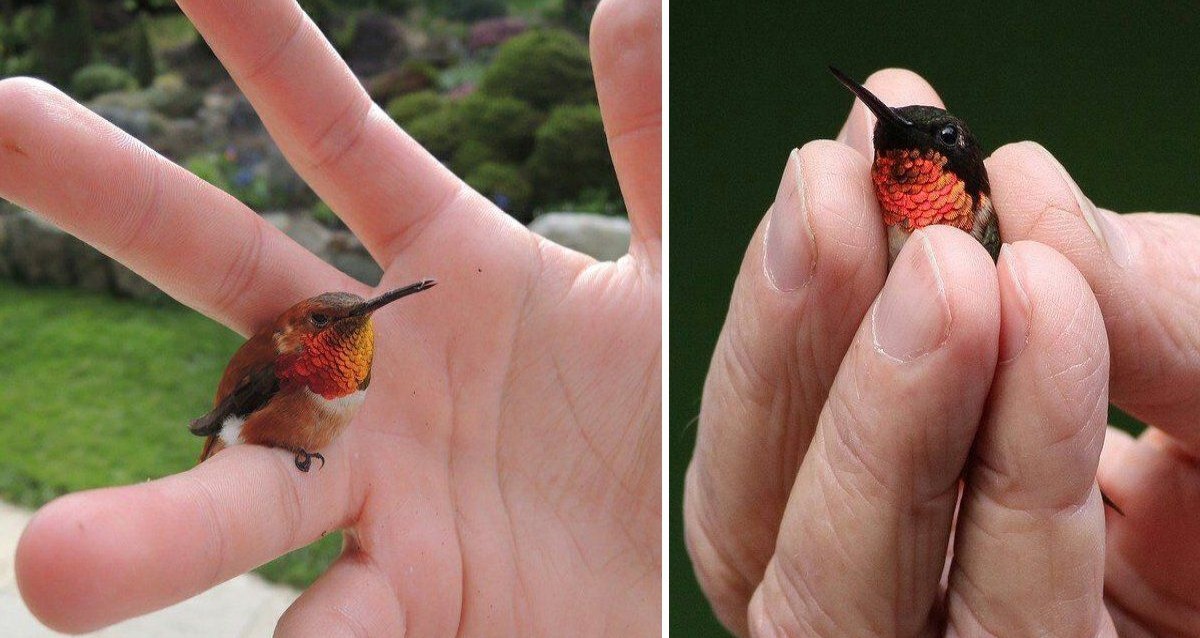
The bee hummingbirds are found in the West Coast of the United States, including Alaska during summers. However, the variety living in Cuba is slightly smaller and has no rufous color. Despite their small size, these birds are a wonder of nature, measuring only 5-6 cm in length and weighing less than 2g – almost the same size as a bee.

Hummingbirds are easy to distinguish from bees because of their stunning iridescent plumage. It’s a sight to behold when they fly, as it looks like a miniature diamond in the sky. These small creatures are absolutely mesmerizing, so if you ever come across them, make sure to take a moment to appreciate their beauty.
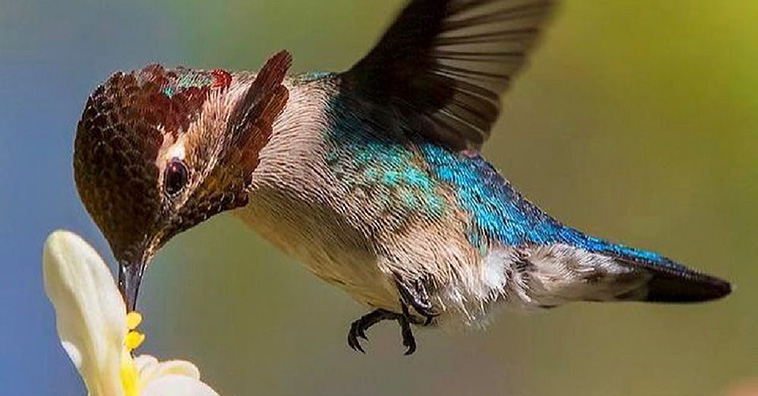
When March arrives, it marks the start of mating season for these creatures. The male members are easily identifiable with their green bodies and bright red necks. Meanwhile, the females have a blue hue with a black underbelly and neck. To attract their potential mates, males turn into a vibrant pink or red color, and they engage in singing and aerial displays. All in all, it’s a sight to behold.
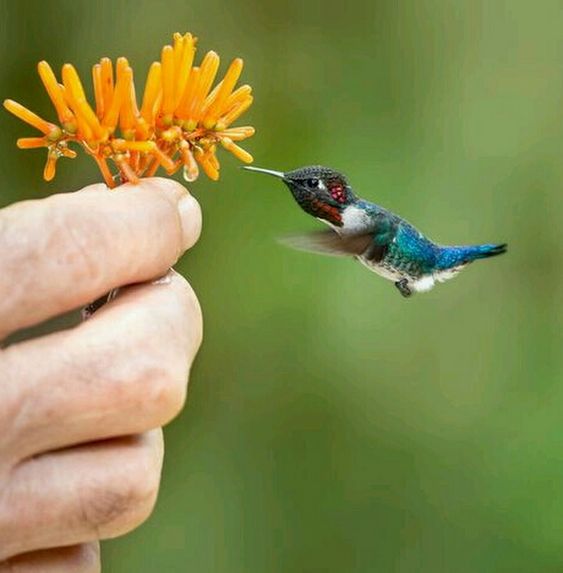
These birds produce tiny eggs that are only about an inch in length, comparable to a coffee bean. Despite their small size, the female bird flaunts a spectacular and bright feathered appearance, which makes her cautious about letting the male bird near the eggs. This is because the flashy plumage could attract predators, making it crucial for the mother bird to safeguard them.
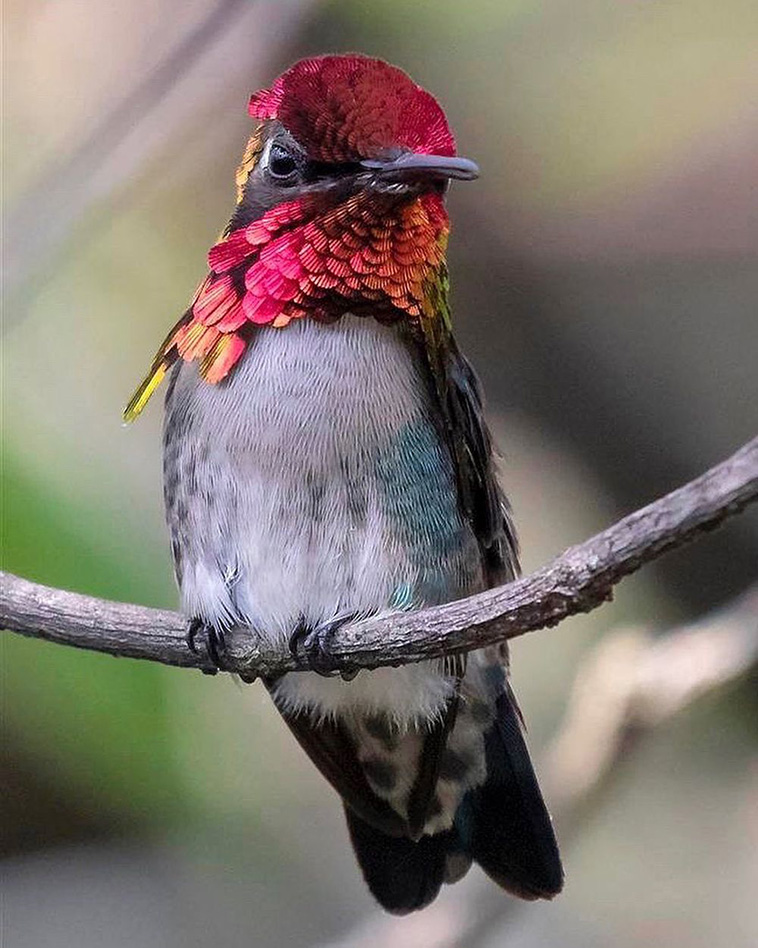
Bee hummingbirds, just like their hummingbird counterparts, mainly rely on nectar as their food source. However, they can also consume small insects and spiders from time to time. These tiny birds have been known to visit around 1,500 flowers in a single day, which helps in the reproduction of plants and contributes to the ecosystem. As for their habitat, bee hummingbirds do not undertake any migration from their native Cuba and are satisfied with subtropical temperatures.
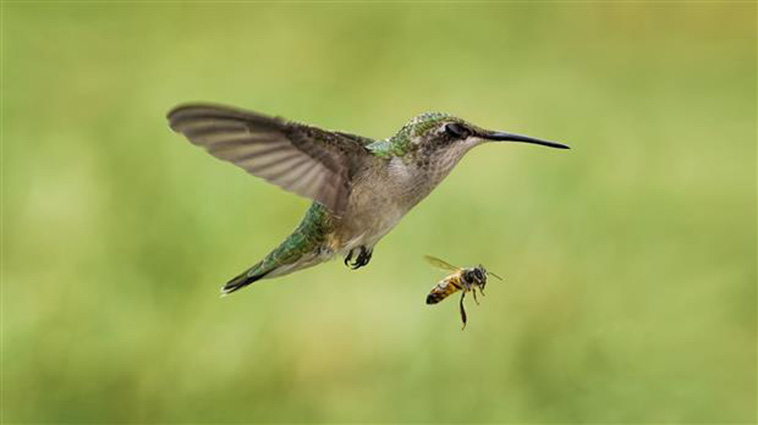
This is simply stunning! 😍 ❤
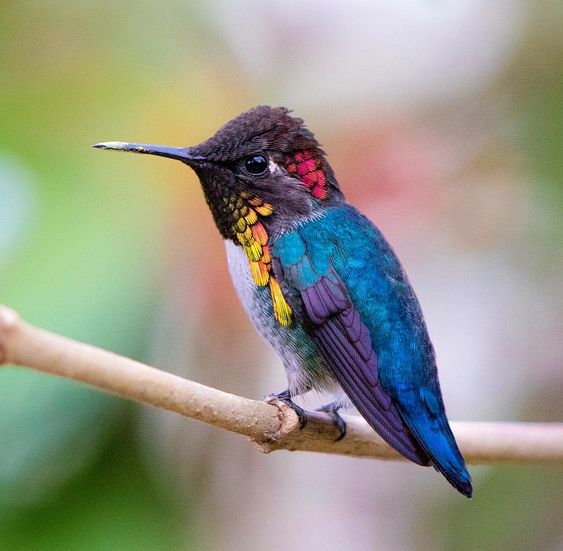
The diminutive bee hummingbird is facing a near-threatened status due to its dwindling population. We certainly don’t want to lose such a delightful bird, so let’s join hands and take steps to safeguard their natural habitat.
